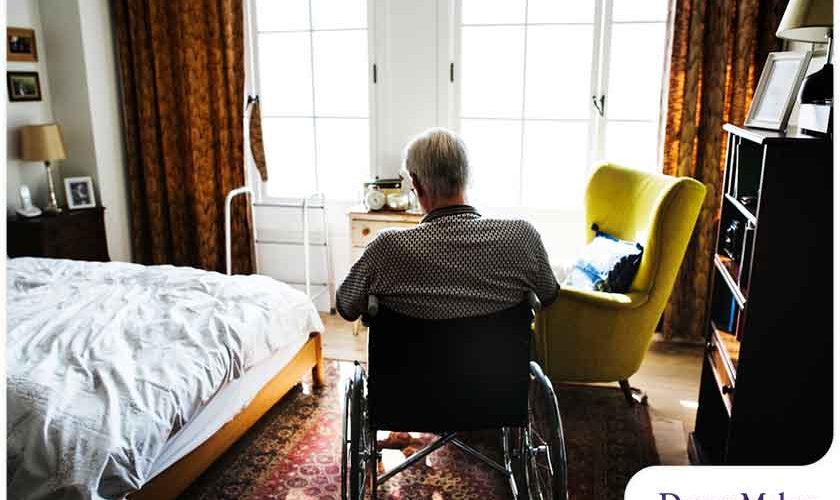
Barrier-free design for people with physical disabilities and mobility challenges is supported by the Americans With Disabilities Act (ADA). Local and state government buildings, commercial buildings and public accommodations have adopted such design since the 90s.
However, the ADA does not include residential design. For that, there’s Universal Design. UD is intended to allow people to comfortably live in their own home, with features that support safety and accessibility for everyone. You can apply some of the principles of Universal Design to your own home renovations. There are several reasons to design an accessible bedroom:
- To make it easier for someone who has disabilities to navigate independently, safely and comfortably.
- To prepare for aging in place if you want to stay in your home as long as possible.
To ensure success, here are some of the things you should plan with your remodeling contractor:
Ensure a Safe Floor
Avoid installing carpet and rugs in an accessible bedroom. Carpets and rugs are tripping hazards and they can make rolling a wheelchair more difficult. If you must have carpet, get a low-pile, tightly woven material. Better choices include vinyl tile and cork floors.
Widen the Doors
This applies to the bedroom and the bathroom. Make sure the doorways are at least 36 inches wide. This will make it easier for someone in a wheelchair to enter and exit the rooms. Single lever handles are best for people with mobility issues or arthritic hands.
Use Good Lighting
Accessible lighting helps with maneuverability in any room. Work with your contractor to make sure the windows allow ample natural light. It’s a good idea to install energy-efficient windows with dual-pane, Low-E glass that allow plenty of light in without making the room too hot or cold.
Energy-efficient CFL or LED lighting provides good lighting for safety at night and during overcast days. Make sure your light switches are designed with accessibility in mind too. Install them by the door and by the bed, so you can turn the lights on and off without having to get up.
Install lights in closets and other tight spaces for easier access. Lights that turn on when you open a closet are best, but you can also install tap lights wherever they’re needed.
Choose the Room Color Wisely
Another thing to remember when designing for accessibility and visibility is to choose a light room color that does not make it difficult to see, especially if you have a vision impairment. Contrasting colors will make it easier for anyone to identify different surfaces.
Let’s Start a Conversation!
DreamMaker Bath & Kitchen of Elizabethtown is the interior remodeling expert you need to make an accessible bathroom a reality. Call us today at (717) 298-3830 or start a conversation here. We are ready to help residents of Hershey, Mount Joy, Lancaster, Harrisburg and many surrounding communities.




